Search the Special Collections and Archives Portal
Search Results
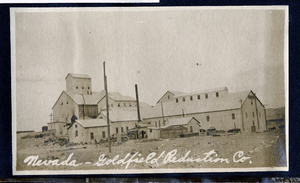
Photograph of the Nevada-Goldfield Mill operations, Goldfield (Nev.), 1900-1920
Date
1900 to 1920
Archival Collection
Description
Caption: Nevada-Goldfield Reduction Co.
Image
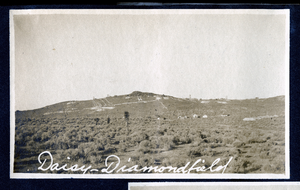
Photograph of the Daisy Mine and camp, 1900-1920
Date
1900 to 1920
Archival Collection
Description
Caption: Daisy-Diamondfield
Image

Photograph of a man with cart and horse team on road to Diamondfield, 1900-1920
Date
1900 to 1920
Archival Collection
Description
Caption: Diamondfield, Nev.
Image
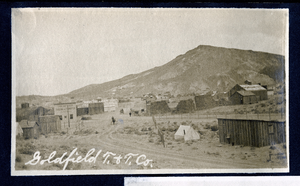
Photograph of the Goldfield business district, Goldfield (Nev.), 1900-1920
Date
1900 to 1920
Archival Collection
Description
Caption: Goldfield T.&T. Co.
Image
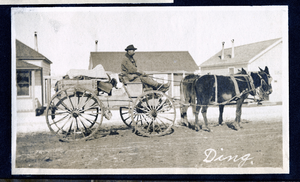
Photograph of a man a driving cart and mules, Goldfield (Nev.), 1900-1920
Date
1900 to 1920
Archival Collection
Description
Caption: Ding
Image
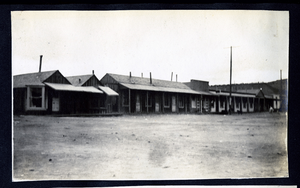
Photograph of a street scene in Goldfield, Goldfield (Nev.), 1900-1920
Date
1900 to 1920
Archival Collection
Description
Photograph of a street scene in Goldfield, Goldfield (Nev.), 1900-1920
Image
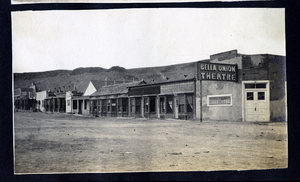
Photograph of a street scene and Bella Union theater, Goldfield (Nev.), 1900-1920
Date
1900 to 1920
Archival Collection
Description
Site Name: Bella Union Theatre (Goldfield, Nev.)
Image

Photograph of the Oriental and The Cottage, Goldfield (Nev.), 1900-1920
Date
1900 to 1920
Archival Collection
Description
Site Name: The Cottage (Goldfield, Nev.)
The Oriental (Goldfield, Nev.)
The Oriental (Goldfield, Nev.)
Image
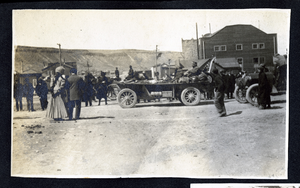
Photograph of the Great Race as it comes through Goldfield, Goldfield (Nev.), 1908
Date
1908
Archival Collection
Description
Photograph of the Great Race as it comes through Goldfield, Goldfield (Nev.), 1908
Image
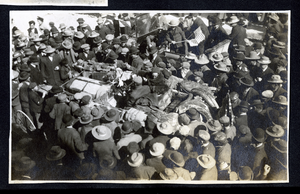
Photograph of spectators surrounding Great Race drivers, Goldfield (Nev.), 1908
Date
1908
Archival Collection
Description
Photograph of spectators surrounding Great Race drivers, Goldfield (Nev.), 1908
Image
Pagination
Refine my results
Content Type
Creator or Contributor
Subject
Archival Collection
Digital Project
Resource Type
Year
Material Type
Place
Language
Records Classification
